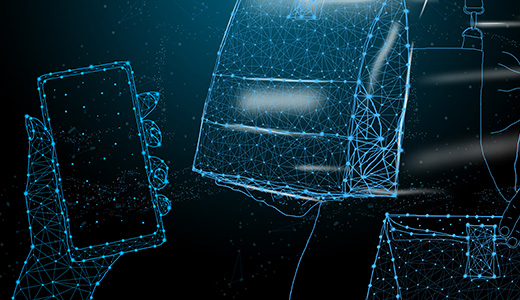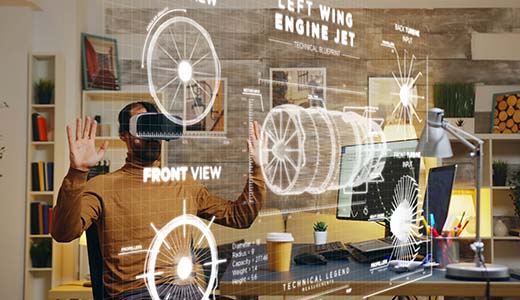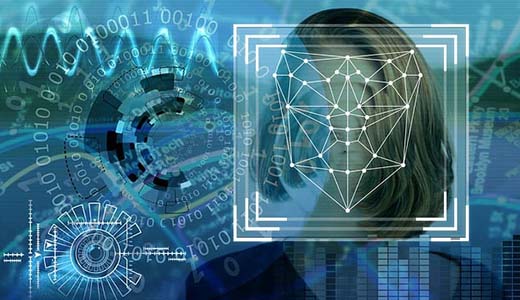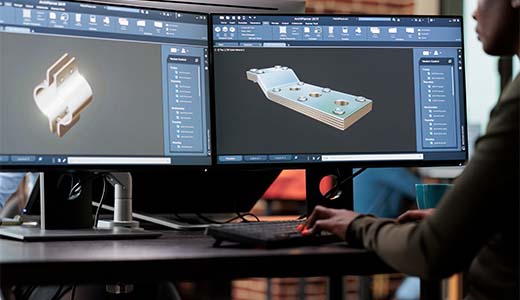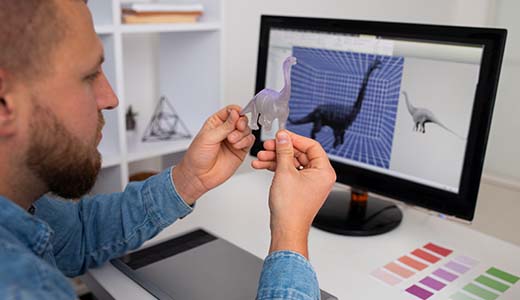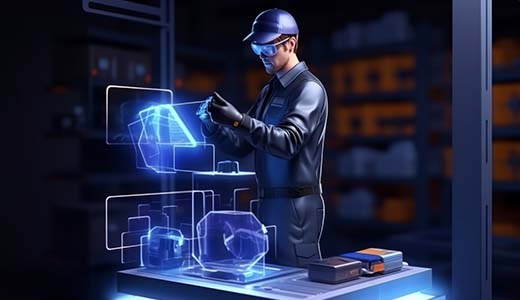What is 3d scanning tools?
3D scanning tools are devices or software that capture the physical dimensions and shapes of objects or environments to create digital 3D models. They use various technologies, such as laser scanning, structured light, or photogrammetry, to collect data points that represent the geometry of the scanned object. These tools are widely used in industries like architecture, manufacturing, gaming, and cultural heritage preservation, enabling applications such as rapid prototyping, quality control, and virtual reality experiences.
Applications of 3d scanning tools?
3D scanning tools have versatile applications across various fields. They are used in manufacturing for quality control and reverse engineering, in healthcare for creating custom prosthetics and dental implants, and in architecture for digital documentation of structures. Additionally, they play a role in heritage preservation by capturing detailed models of cultural sites, in entertainment for character modeling in games and movies, and in education for interactive learning experiences. Other uses include fashion design, virtual reality environments, and even in forensics for crime scene investigation.
Different types of 3d scanning tools?
3D scanning tools come in various types, including:
- Laser Scanners: Use laser beams to capture precise surface details.
- Structured Light Scanners: Project patterns of light to create 3D models.
- Photogrammetry: Uses multiple photos from different angles to reconstruct 3D objects.
- Contact Scanners: Physically touch the object to gather data.
- Handheld Scanners: Portable devices for scanning smaller objects.
- Desktop Scanners: Fixed-position scanners for small items.
- CT Scanners: Use X-rays for internal and external scans of complex objects.
Technology used for 3d scanning tools?
3D scanning tools utilize various technologies, including laser scanning, structured light scanning, photogrammetry, and contact scanning. Laser scanners capture precise measurements of an object's surface using laser beams, while structured light scanners project patterns onto the object to capture its shape. Photogrammetry involves taking numerous photographs from different angles, which software then converts into a 3D model. Contact scanners use physical probes to touch and measure surfaces. These methods enable the creation of accurate digital representations for applications in industries like manufacturing, healthcare, and entertainment.
Advantages and disadvantages of 3d scanning tools?
Advantages of 3D scanning tools:
- High accuracy and detail in capturing physical objects.
- Speedy data collection compared to traditional methods.
- Versatile applications in various fields (engineering, art, healthcare).
Disadvantages of 3D scanning tools:
- High initial investment and maintenance costs.
- Learning curve for effective operation and data processing.
- Limitations in scanning certain materials or complex geometries.
